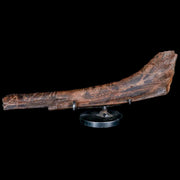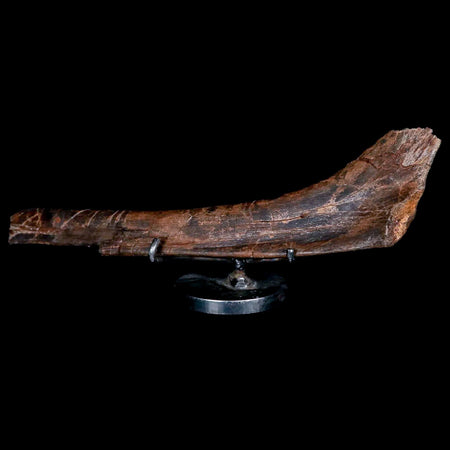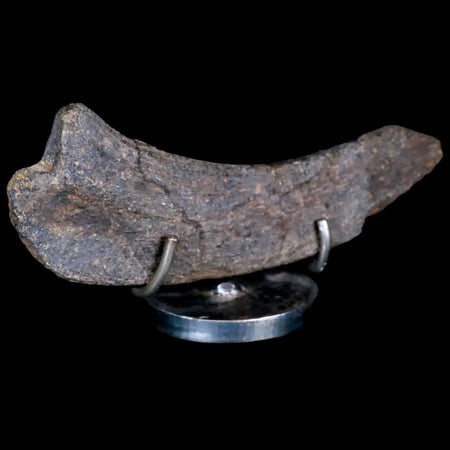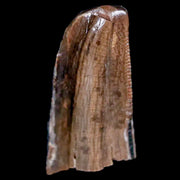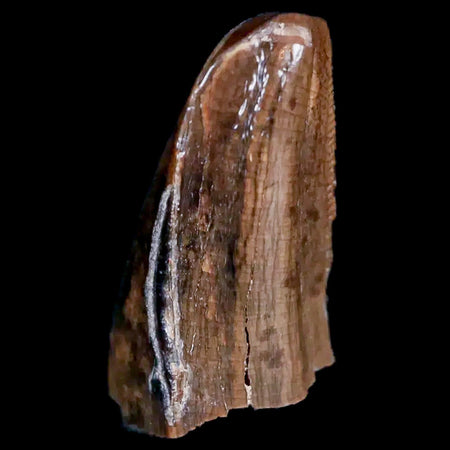4.7" Muonionalusta Meteorite Specimen Riker Display Sweden Meteorites 129 Grams
Location: Muonionalusta, Near Kitkiojarvi, Sweden
Weight: 4.5 Ounces
Dimensions: 4.7 Inches Long, 2.7 Inches Wide, 0.2 Inches Thick (Display)
Comes with a Free Stand.
The item pictured is the one you will receive.
Muonionalusta Meteorite is a type of iron meteorite that was discovered in 1906 in Norrbotten County, Sweden. It is one of the oldest known meteorites, estimated to be around 4.5 billion years old, and it belongs to the class of octahedrite meteorites. The Muonionalusta Meteorite has gained significant attention among scientists and collectors due to its unique characteristics and historical significance.
The Muonionalusta Meteorite is composed mainly of iron (Fe) and nickel (Ni), with trace amounts of other elements such as cobalt (Co) and phosphorus (P). It exhibits a distinctive Widmanstätten pattern, which is a unique crystalline structure formed by the slow cooling of the molten metal within the core of an asteroid or planetesimal. This pattern consists of intersecting bands of kamacite and taenite, two different types of iron-nickel alloys.
The origin of the Muonionalusta Meteorite can be traced back to the early stages of our solar system's formation. It is believed to have originated from the asteroid belt located between Mars and Jupiter. The collision or disruption of a larger parent body resulted in the ejection of fragments, one of which eventually reached Earth.
The discovery of the Muonionalusta Meteorite occurred when a local reindeer herder stumbled upon several large metallic objects while tending his herd. These objects were later identified as meteorites and were subsequently named after the nearby Muonio River.












